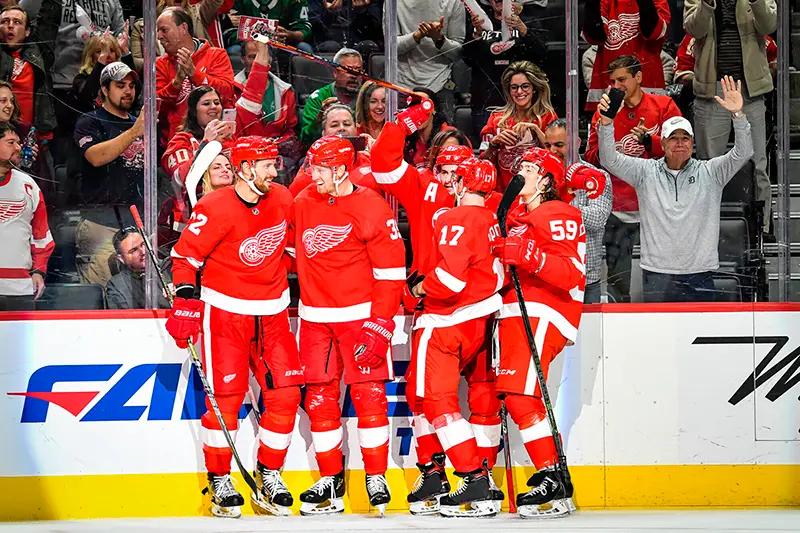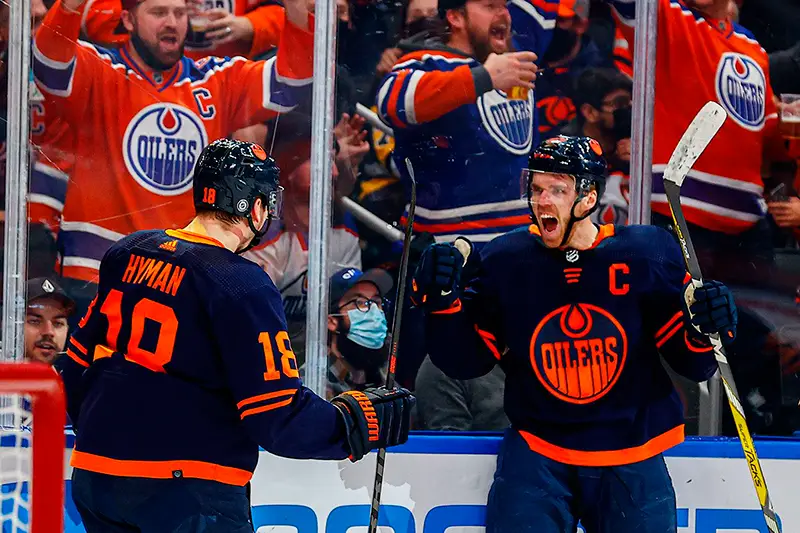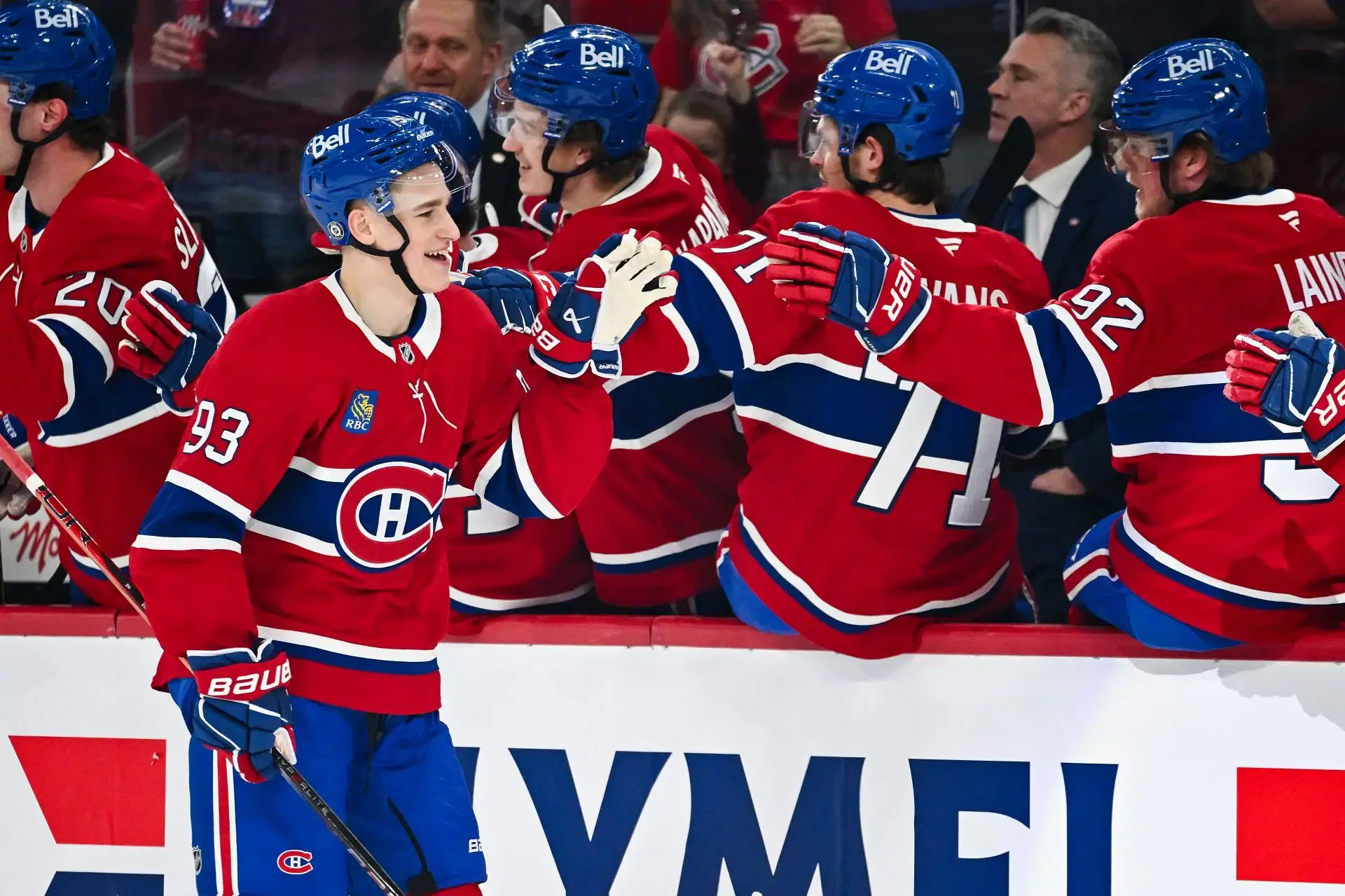Teams are born on the ice arena, but not every team will make it to greatness. Only those that overcome adversity, create a unique game and leave an indelible mark in the hearts of their fans will be immortalised. Titles, matches that have become classics and players who have become legends are the true measure of greatness.

Which of the world’s greatest hockey teams have had the greatest impact on the sport? Who managed to rise to the top and stay there? Answers – in a detailed analysis of the history of legendary clubs and national teams.
Legendary clubs: who entered the pantheon of hockey
In the history of ice hockey, there are teams whose achievements are forever inscribed in the global annals of the sport. These clubs didn’t just win trophies – they changed the game itself, creating eras and setting standards for future generations.
Montreal Canadiens: a symbol of hockey greatness
The NHL’s undisputed leader in terms of championship titles. 24 Stanley Cups, the formation of a system of training young players, adherence to the traditional Canadian style of play. Already in the 40’s the club began to set the standard for professional hockey. The symbol of that time was Maurice “Rocket” Richard, the man who scored 50 pucks in a season for the first time. In the 70s, the Canadiens continued their dominance thanks to Guy Lafleur and Ken Dryden.

The modern era has brought new challenges to the team, but the strongest hockey teams in the world know how to overcome challenges. Despite the decline, the club remains a vital part of hockey culture and one of the most respected teams.
Detroit Red Wings: the “Red Wings” of American hockey
Since the 1930s, the club has become a symbol of North American hockey. 11 Stanley Cups, iconic figures like Gordie Howe, Steve Eiserman and Nicklas Lidström made the club the most titled club. In the ’90s, the Red Wings created the “Russian Five” that completely changed the perception of the offensive style. During this period, the team won three Stanley Cups and solidified its reputation as one of the NHL’s top grands.
Edmonton Oilers: the Gretzky era and modern revival
In the ’80s, the club had a true hockey revolution. Under the leadership of the legendary Wayne Gretzky, the club won five Stanley Cups in seven years, setting new standards for offensive hockey. Gretzky, Jari Kurri, Paul Coffey, Mark Messier – the roster is still considered the best in history. After the departure of their leaders, the Oilers went through a difficult period. Today, the team is once again among the favourites, largely thanks to Connor McDavid.
Soviet hockey elite
Soviet ice hockey achieved world recognition thanks to strong clubs that nurtured generations of talented players. They dominated the championships and formed a unique style of play that became the basis for the success of the USSR national team. These are hockey teams:
- CSKA – the club on which the USSR national hockey team was built. Under the leadership of Viktor Tikhonov, the team won the USSR championship 32 times. It nurtured dozens of world-class stars, including Valery Kharlamov, Vyacheslav Fetisov and Sergei Makarov.
- Spartak has always been renowned for its attacking style and ability to break predictions. The team became the national champion three times and has repeatedly been among the favourites.
- Dynamo is known for its reliable defence and precise game organisation. In different years, the club won the USSR and KHL championships and trained many world-class stars.
These hockey clubs became the hallmark of domestic hockey, defining its style and strategy for many years.
National teams that conquered the world
 Hockey is not just a sport, but a battle for supremacy on the ice, with national teams becoming symbols of entire generations. Some teams have made history through their victories, style of play and iconic players. These teams have proven time and time again that they are the ones who set the pace for world hockey.
Hockey is not just a sport, but a battle for supremacy on the ice, with national teams becoming symbols of entire generations. Some teams have made history through their victories, style of play and iconic players. These teams have proven time and time again that they are the ones who set the pace for world hockey.
Canada’s hockey team: the birth and evolution of champions
The home of hockey, which has always set the standard. Olympic victories, triumphs at World Championships, star players including Wayne Gretzky, Sidney Crosby and Connor McDavid. The Canadian school of hockey focuses on hard physical fighting and tactical flexibility.
USSR national ice hockey team: dominance and legacy
Between the 1960s and 1980s was the absolute world leader. The Soviet team became the benchmark of combination hockey. This was achieved thanks to tactical discipline and the highest level of physical fitness. The game schemes developed by Anatoly Tarasov and Viktor Tikhonov played an important role.
Russian national hockey team: return to the top
After the collapse of the USSR, the national team went through a difficult period, but since the early 2000s it has been back among the strongest. Victories at the World Championships, gold at the 2018 Olympics and a stable presence at the top of world hockey. All this is a confirmation of the high level of domestic sport.
Modern titans: who rules the ice nowadays
Today, the most powerful hockey teams in the world continue to shape the style of play, innovate and hold their positions as leaders. The league highlights clubs that are achieving titles and changing the strategy of hockey at the highest level. Clubs such as:
- Tampa Bay Lightning are no longer just a club, but a symbol of a systematic approach to team building. The club achieved two Stanley Cup wins in 2020 and 2021, thanks to a dynamic style of play. The key factors of success were a combination of speed and tough defence that allowed the team to dominate on the ice. Moreover, the Lightning roster includes world-class stars Nikita Kucherov, Steven Stamkos and Andrei Vasilevskiy. They form a powerful core of the team, providing stability and performance.
- The Colorado Avalanche won the Stanley Cup in 2022 with a combination of speed, technique, and powerful pressing. Leaders such as Nathan MacKinnon, Cale Makar and Gabriel Landeskog have taken the team to a new level. The Avalanche’s main weapon is their offensive style, where the pressure on the opponent starts from the first seconds of the game.
The NHL remains a place where hockey is constantly evolving. The best hockey teams use analytical technology, improve tactics and develop new superstars. This makes the championship the most competitive league in the world.
KHL: who dominates in Eurasia
The KHL continues to be the leading hockey league in Europe and Asia. The strongest clubs in the region compete in it. CSKA, SKA and Dynamo consistently occupy leading positions. They form the backbone of the league and nurture the future stars of world hockey. These are such clubs as:
- CSKA – a club that continues the traditions of the Soviet hockey school. The successes of recent years confirm the Army Men’s status as one of the KHL’s premier hockey machines. Discipline, sound tactics and strong youth allow the team to remain a season favourite.
- SKA (St. Petersburg) has relied on an aggressive attacking style and the development of young players. The team is steadily fighting for the championship, demonstrating high speed and technique of execution.
- Dynamo retains the status of a club with a powerful defence, which is able to break the course of difficult matches. Thanks to the depth of the roster and tactical expertise, the club is among the leaders.
The KHL remains the main platform for the development of Russian hockey players. It maintains a high level of competition and provides training for future world stars.
Conclusion
 The strongest hockey teams in the world are not just winners, but symbols of their time. Each generation brings new styles, strategies and legendary matches, shaping the history of world hockey.
The strongest hockey teams in the world are not just winners, but symbols of their time. Each generation brings new styles, strategies and legendary matches, shaping the history of world hockey.
Modern sport is changing rapidly: tactics, technology and player training are reaching a new level. In the future, hockey will become more dynamic and the fight for titles will become more intense. One thing remains the same – hockey will always be the arena where great champions and unforgettable moments are born.
 en
en  de
de  ar
ar  es
es  hi
hi  fr
fr  nl
nl  it
it  pt
pt  el
el 









